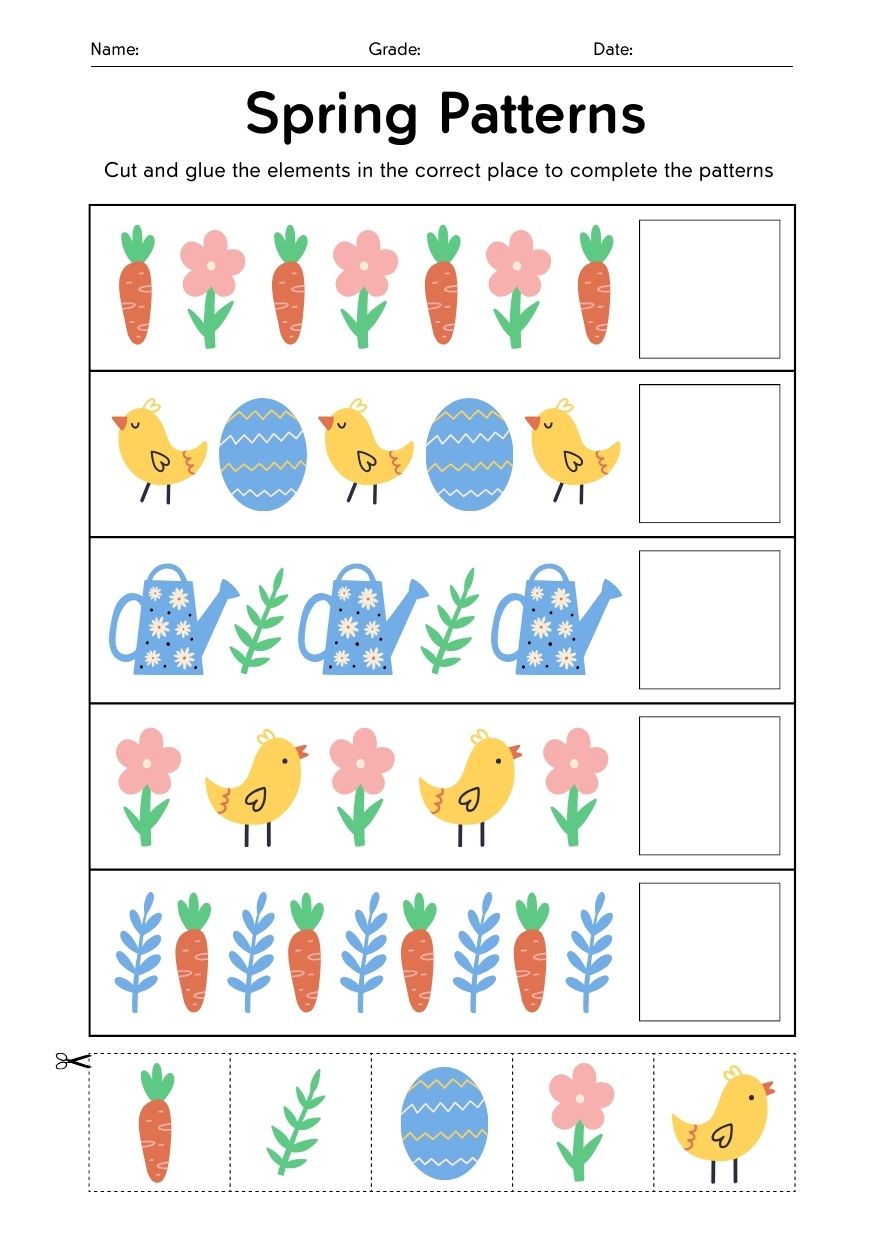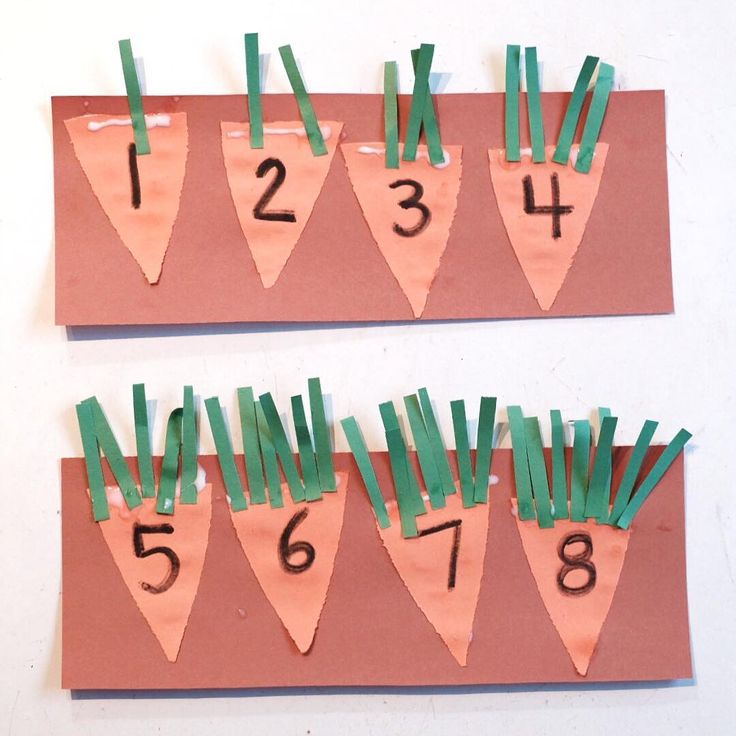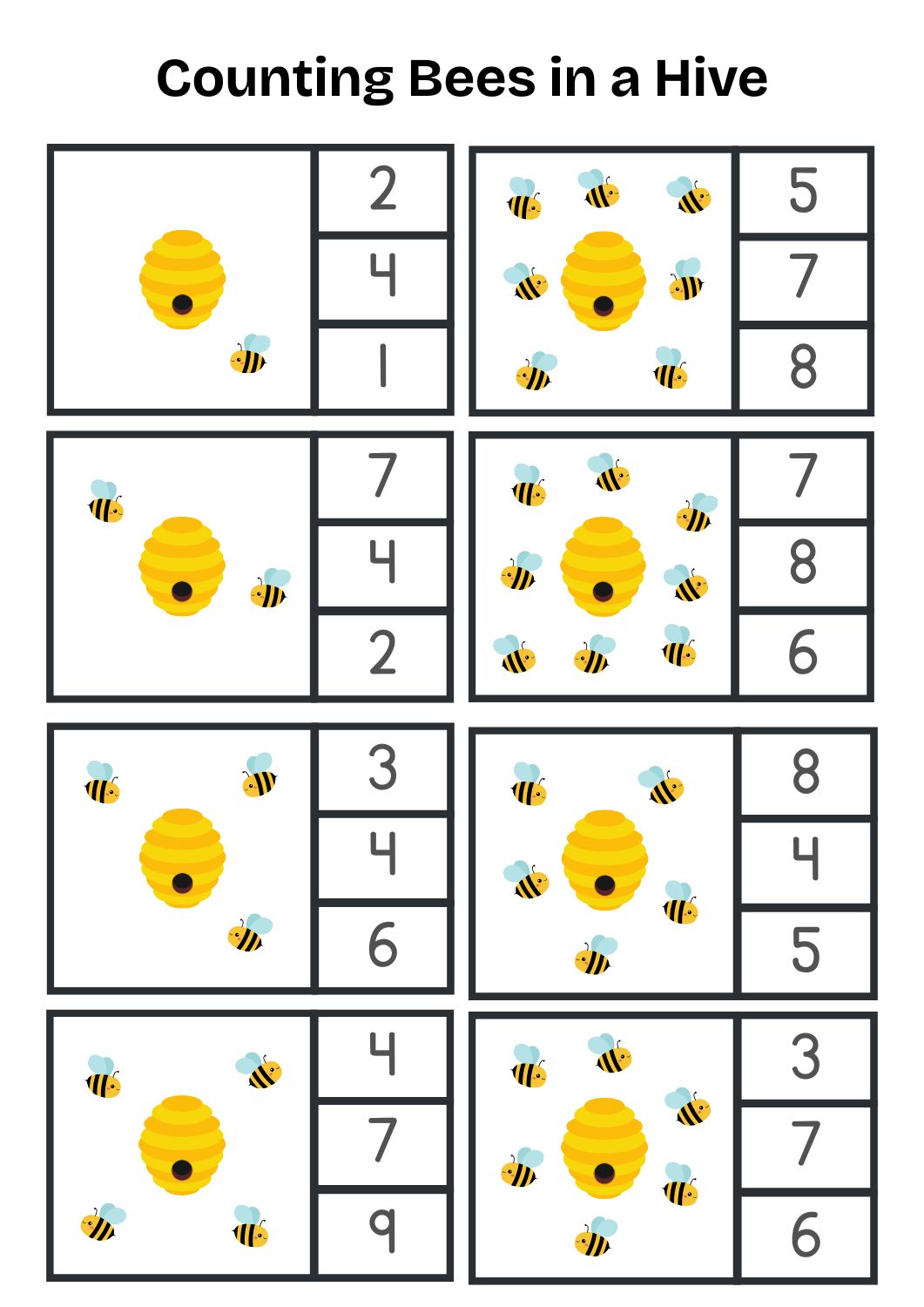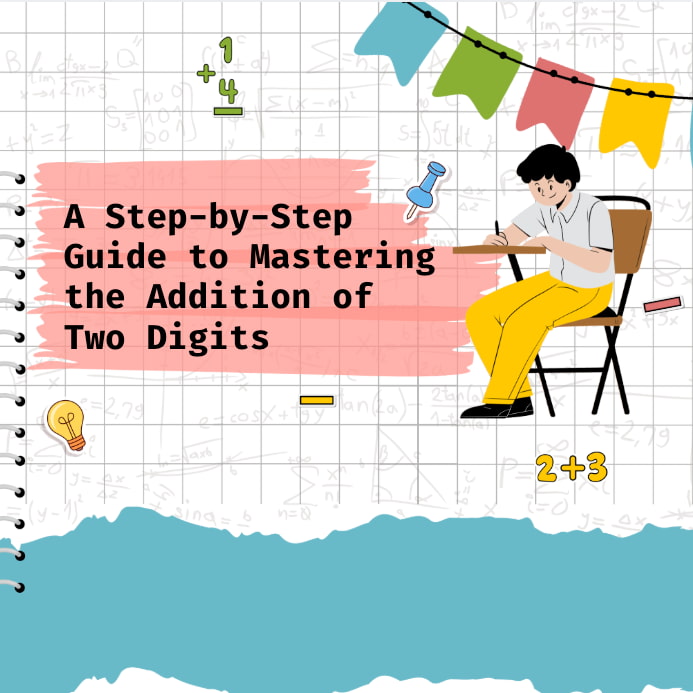Looking for fun and seasonal ways to teach math to your preschoolers? These spring math activities for preschoolers are just what you need to engage little learners while reinforcing early number skills. In this list, you’ll find hands-on activities that are easy to prep, classroom-tested, and aligned with early math milestones. Whether you’re working on counting, patterns, or shape recognition, these spring-themed ideas are sure to bring joy and learning into your classroom. Check now!
Ready to bring the energy of spring into your math lessons? These teacher-approved activities are perfect for preschoolers and cover a wide range of foundational skills.
1. Flower Petal Counting
Download the Flower Petal Counting worksheet to reinforce one-to-one correspondence skills.
Introduce number recognition and one-to-one correspondence with this colorful flower-themed counting game that’s perfect for spring! It’s a fun, calming spring-themed task that reinforces counting while also boosting creativity and fine motor skills.
Materials: Paper flowers with numbered centers, paper petals or drawing tools (crayons, markers), glue (optional)
How to Do It:
- Give each child a flower center with a number in the middle.
- Ask them to draw or glue the correct number of petals around the center.
- Count the petals together as they work—this reinforces one-to-one correspondence.
2. Raindrop Counting
Download the Raindrop Counting worksheet to help preschoolers practice number recognition and counting skills.
Spring showers bring more than just flowers—they also bring a perfect opportunity to practice math! This Raindrop Counting activity is a sweet seasonal way to help preschoolers recognize numbers, count objects, and write numerals.
Materials: Printable worksheet, crayons or pencils
How to Do It:
- Hand out the worksheet and talk about rainy spring weather.
- Ask children to count the raindrops below each cloud.
- In the blank space inside each cloud, have them write the number of raindrops.
- Reinforce math vocabulary by saying “more,” “less,” or “equal” as you compare clouds.
3. Ladybug Dot Counting
Get the Ladybug Dot Counting worksheet to support numeral and quantity matching.
Let ladybugs do the teaching! This adorable math activity uses black dots on wings to represent numbers, and kids practice counting and matching. It’s a tactile way to learn while reinforcing number sense and visual quantity recognition.
Materials: Ladybug Dot worksheet
How to Do It:
- Give each student a Ladybug Dot Counting worksheet.
- Ask children to count aloud the correct number of dots on each ladybug.
4. Spring Pattern Paths

Download the Spring Patterns worksheet to boost pattern recognition and sequencing skills in a playful way.
Patterns are blooming this spring! This activity is all about exploring AB, AAB, or ABC patterns using flower and insect cutouts. Kids will love arranging colorful spring-themed pieces to complete pattern paths and discover the rhythm of repetition.
Materials: Flowers, leaves, bug cutouts, printed pattern mats
How to Do It:
- Start by talking about patterns found in spring (like flower petals, bug stripes, or raindrop rhythms).
- Have children cut out the images at the bottom of the sheet.
- Encourage kids to say the pattern out loud as they solve each row.
5. Carrot Top Counting Craft

This adorable carrot-themed math activity combines number recognition and fine motor fun. Kids will “grow” carrot tops by gluing the correct number of green strips (representing stems or leaves) onto each carrot labeled with a number. It’s a hands-on spring math craft that brings numbers to life!
Materials: Carrot printout with numbers 1–10, green paper strips, glue sticks
How to Do It:
- Give each child a sheet with numbered carrots.
- Let them count out and glue the matching number of green paper strips (or yarn pieces) on each carrot top.
- Encourage kids to count aloud as they go to reinforce one-to-one correspondence.
6. Butterfly Math Symmetry

Download this printable Butterfly Math Symmetry Drawing worksheet for your kids!
Butterflies are a natural fit for teaching symmetry! This simple yet beautiful activity helps kids learn patterns and develop spatial awareness while also allowing for creativity in design and coloring.
Materials: Butterfly outlines, crayons or counters
How to Do It:
- Color one wing of a butterfly.
- Have children mirror the same pattern or colors on the opposite wing.
- Try it with counters, stickers, or dot markers for a new twist!
7. Caterpillar Number Line

Turn number practice into a springtime adventure with this adorable caterpillar number line! Preschoolers will love helping their little caterpillar grow longer by putting its numbered segments in the right order. This activity blends counting, number recognition, and fine motor fun!
Materials: Colored paper or printable circle templates, crayons or markers, scissors, glue stick
How to Do It:
- Cut out circles (or use pre-made ones). Write numbers 1–10 on them.
- Ask your students to line up the circles in number order.
- Help them glue the circles onto a strip of paper, forming the caterpillar’s body.
- Draw a face on the first circle and add antennae to complete it!
8. Counting Bees in a Hive

Download the Counting Bees in a Hive worksheet for a playful way to strengthen counting and fine motor skills this spring!
Buzz into counting numbers with this sweet bee activity! Preschoolers will have so much fun helping the bees find their way into the right hive. This activity encourages number recognition, counting, and logical thinking, all while working those little fingers with fine motor fun using clips!
Materials: Hive cards, clothespins or paper clips.
How to Do It:
- Print or draw beehives with different numbers of bees on them.
- Below each hive, provide number choices as possible answers.
- Kids count the bees and clip the correct answer using a clothespin.
9. Number Line Hop with Frogs

Leap into math with this active and silly number game! Students become frogs and hop along a giant number line, practicing number identification, order, and one-to-one correspondence.
Materials: Frog cutouts, number line mat (or floor tape)
How to Do It:
- Create a number line on the floor with cards or tape.
- Call out a number, and let a child hop to it like a frog.
- Practice forward counting, skip counting, or even simple addition!
10. Jelly Bean Estimation Jar

This tasty activity is a kid favorite and a great introduction to estimation and comparison. Students will love guessing how many jelly beans are in the jar, then checking their answers by counting together.
Materials: Clear jar, jelly beans
How to Do It:
- Fill a jar with jelly beans (or similar objects).
- Let kids guess how many are inside.
- Count aloud together and compare guesses to actual amounts.
11. Garden Measurement

Measuring plants with non-standard units (e.g., blocks) introduces length and comparison. Kids practice estimation and data recording.
Materials: Plants, rulers, blocks.
How to Do It:
- Set up a pretend garden.
- Measure plant heights using blocks or string.
- Compare sizes: “Which plant is the tallest?”
12. Egg Carton Ten Frame

Turn a recycled egg carton into a hands-on ten-frame math tool! Preschoolers will love placing colorful pom-poms into the egg slots to match ten-frame cards. This activity builds number sense, helps with subitizing, and makes early math feel fun and tactile.
Materials: Empty egg cartons, ten-frame cards, pom-póm, buttons, or any small colorful counters.
How to Do It:
- Show children a ten-frame card with a certain number of dots.
- Ask them to count the dots and place the same number of pom-poms in the egg carton.
- Let students take turns pulling cards and building the matching number in the carton.
13. Planting Seeds Counting

Counting seeds into numbered pots teaches number sense and responsibility. Kids explore plant life cycles while practicing one-to-one correspondence.
Materials: Small pots, seeds, number cards.
How to Do It:
- Label pots with numbers 1–5.
- Kids count seeds into each pot.
- Track growth over weeks and measure seedlings.
14. Rainbow Number Matching

Use this Rainbow Number Matching printable to build number recognition and subitizing skills with a colorful spring theme!
Brighten up your math center with this cheerful rainbow number matching game! Preschoolers will love finding the matching halves of each rainbow by connecting numerals to dot quantities.
Materials: Printable rainbow number matching cards (cut into two halves: numbers and dots)
How to Do It:
- Mix all the rainbow halves and lay them out on a flat surface.
- Ask children to find pairs by matching the number on one cloud with the corresponding number of dots on the other.
- Encourage kids to count aloud as they find the right matches.
- Once a match is made, they can place the two halves together to rebuild the rainbow.
- For more fun, turn it into a game by timing how quickly they can match all the rainbows!








